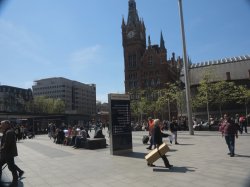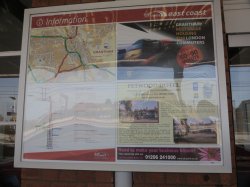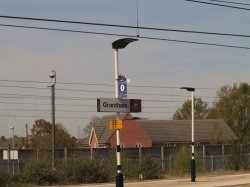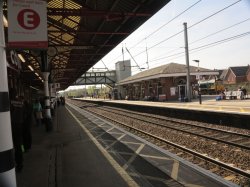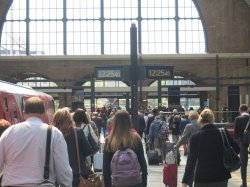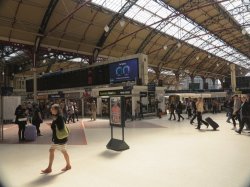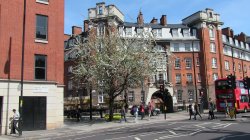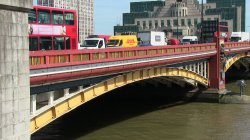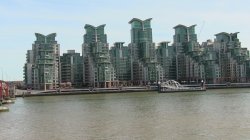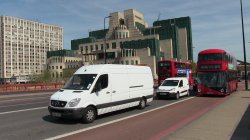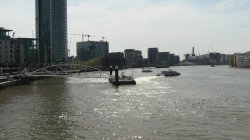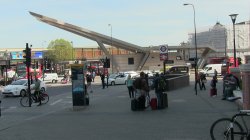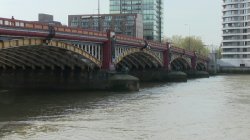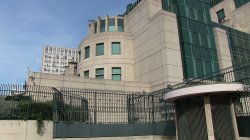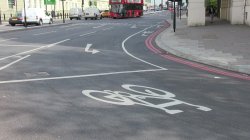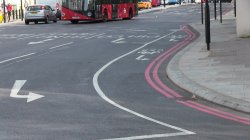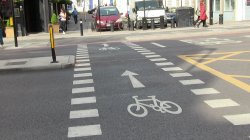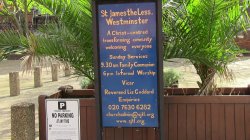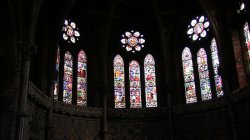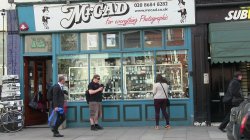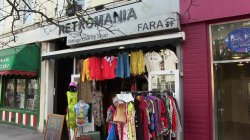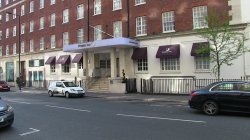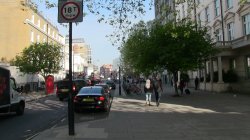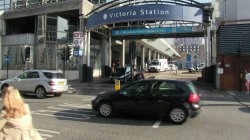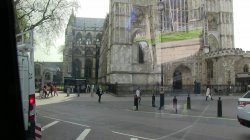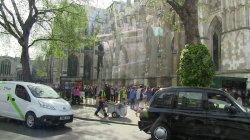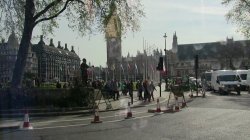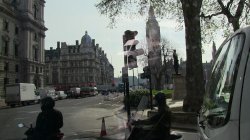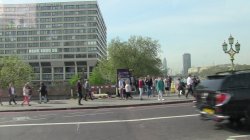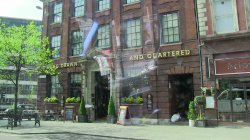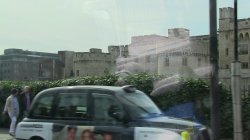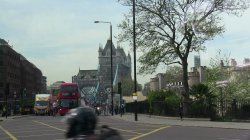 LONDON - MAY 2016
LONDON - MAY 2016
London is the capital and largest city of England and the United Kingdom. Standing on the River Thames in the south-east of England, at the head of its 50-mile (80 km) estuary leading to the North Sea, London has been a major settlement for two millennia.
Londinium was founded by the Romans. The City of London, London's ancient core − an area of just 1.12 square miles (2.9 km2) and colloquially known as the Square Mile − retains boundaries that closely follow its medieval limits. The City of Westminster is also an Inner London borough holding city status. London is governedby the Mayor of London and the London Assembly.
London is considered to be one of the world's most important global cities and has been called the world's most powerful, most desirable, most influential, most visited, most expensive, sustainable, most investment-friendly, and most-popular-for-work city. London exerts a considerable impact upon the arts, commerce, education, entertainment, fashion, finance, healthcare, media, professional services, research and development, tourism and transportation.[ London ranks 26th out of 300 major cities for economic performance It is one of the largest financial centres and has either the fifth or the sixth largest metropolitan area GDP. It is the most-visited city as measured by international arrivals[ and has the busiest city airport system as measured by passenger traffic. It is the leading investment destination, hosting more international retailers and ultra high-net-worth individuals than any other city. London's universities form the largest concentration of higher education institutes in Europe, and London is home to highly ranked institutions such as Imperial College London in natural and applied In 2012, London became the first city to have hosted three modern Summer Olympic Games.
London has a diverse range of people and cultures, and more than 300 languages are spoken in the region. Its estimated mid-2018 municipal population (corresponding to Greater London) was 8,908,081, the third most populous of any city in Europe and accounts for 13.4% of the UK population. London's urban area is the third most populous in Europe, after Moscow and Paris, with 9,787,426 inhabitants at the 2011 census.[ The London commuter belt is the most populous in Europe with 14,040,163 inhabitants in 2016. Prior to the United Kingdom's withdrawal from the European Union on 31 January 2020, London was the largest city in the European Union.
London contains four World Heritage Sites: the Tower of London; Kew Gardens; the site comprising the Palace of Westminster, Westminster Abbey, and St Margaret's Church; and the historic settlement in Greenwich where the Royal Observatory, Greenwich defines the Prime Meridian (0° longitude) and Greenwich Mean Time. Other landmarks include Buckingham Palace, the London Eye, Piccadilly Circus, St Paul's Cathedral, Tower Bridge, Trafalgar Square and The Shard. London has numerous museums, galleries, libraries and sporting events. These include the British Museum, National Gallery, Natural History Museum, Tate Modern, British Library and West End theatres. The London Underground is the oldest underground railway network in the world.
Click Picture to Zoom
 LONDON - MAY 2016
LONDON - MAY 2016
